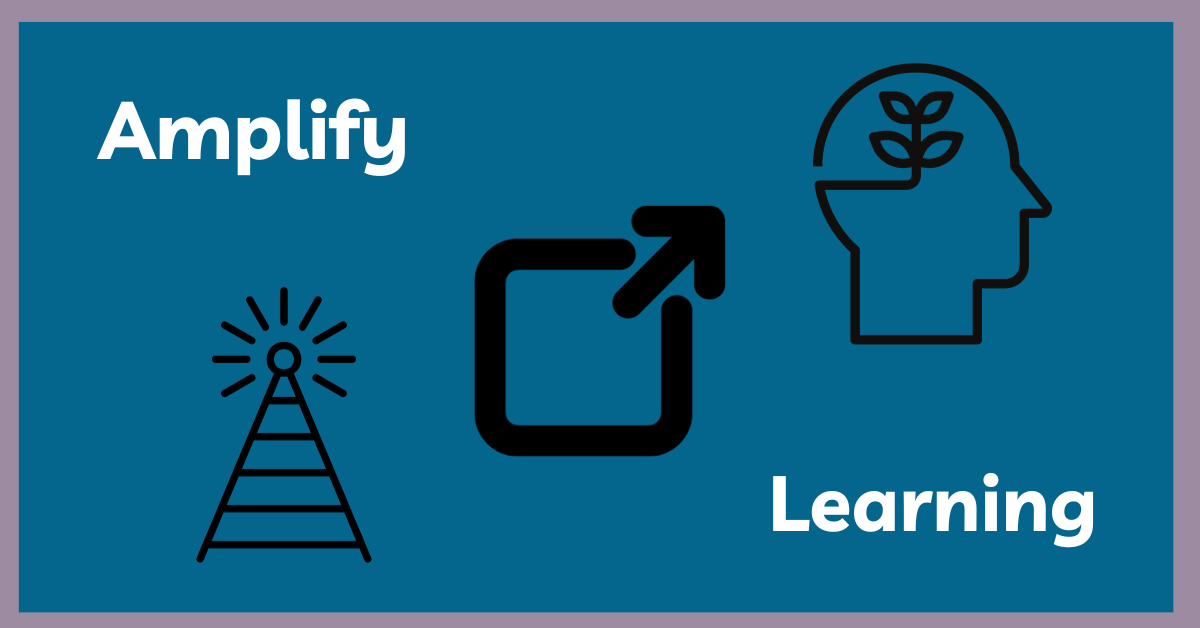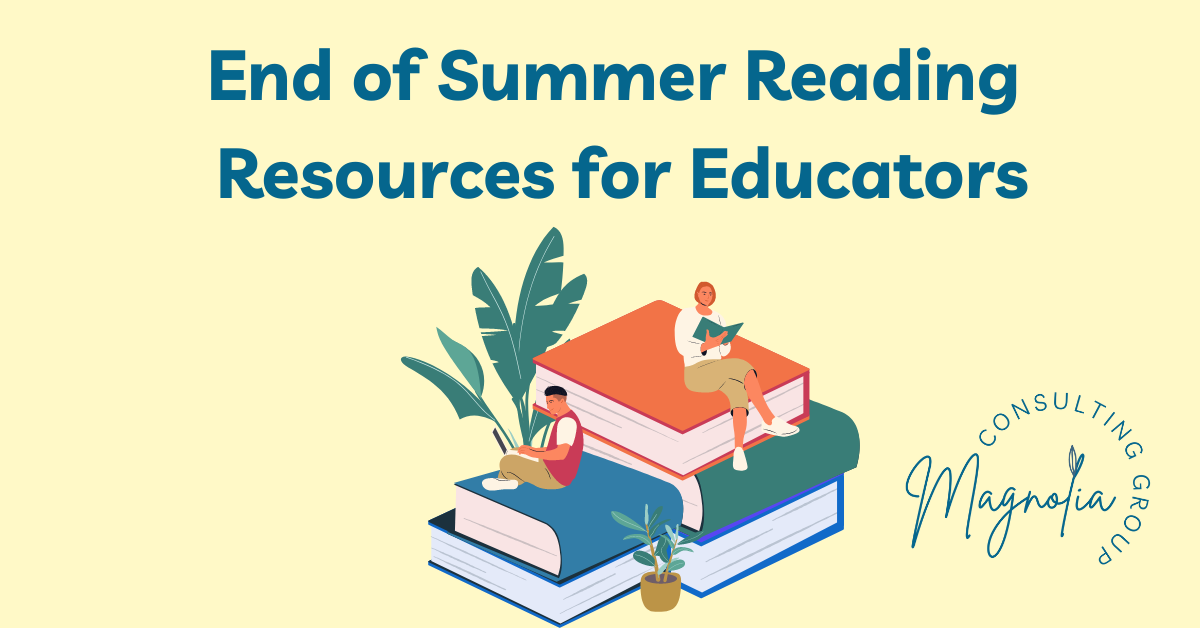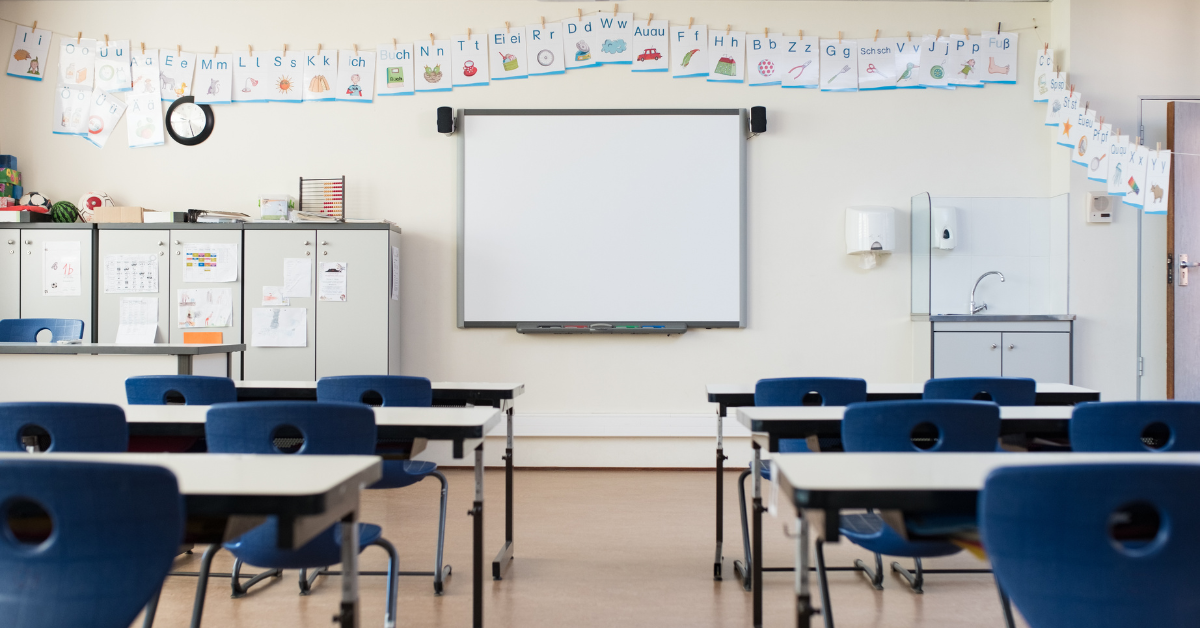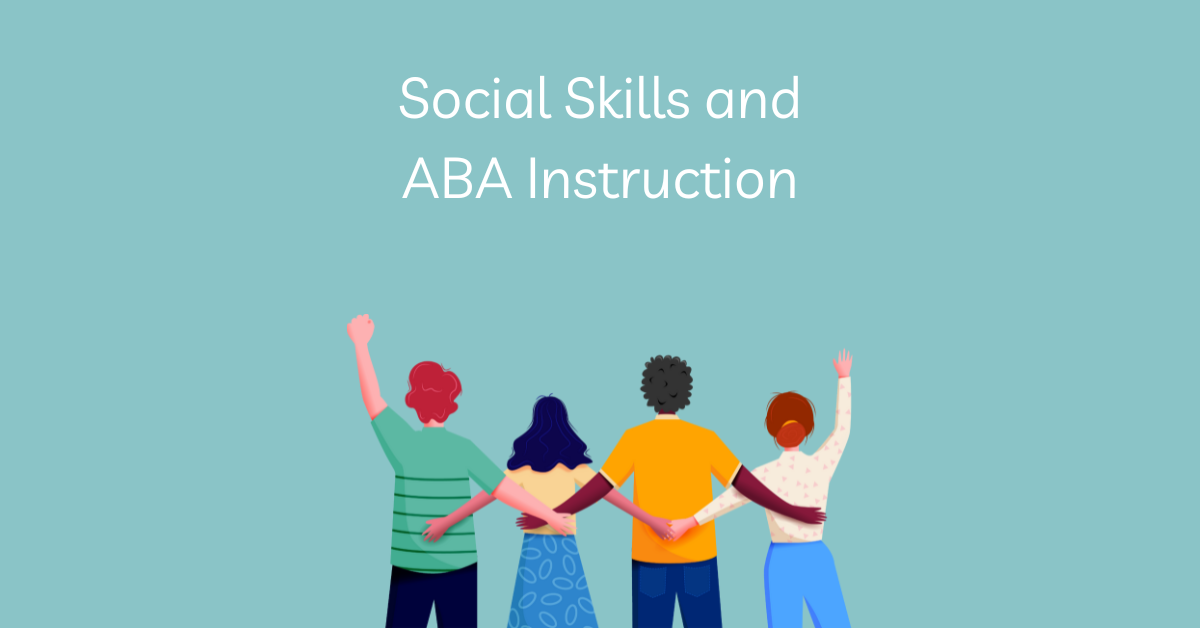
Amplifying Student Inquiry
Our Very Own Meredith Thomas, M.S.E., Empowers Inquiry-Based Learning through her Contributions to a New Book, ‘Amplify Student Inquiry’.
Recent Blog Posts

Our Very Own Meredith Thomas, M.S.E., Empowers Inquiry-Based Learning through her Contributions to a New Book, ‘Amplify Student Inquiry’.

If your district is struggling with addressing disproportionality, our consultants are working within K-12 Districts to guide, counsel, and advise data teams.

Regardless of Whether School is In Session, Educators are Always Thinking about How to Improve Student Outcomes.

Team meetings, parent phone calls, emails, hall duty, department meetings —these are just a few of the responsibilities a teacher faces during “prep” time. So, how does a teacher create a lesson involving high levels of student participation with little preparation?

When you visit family and friends, do you feel more welcomed when your hosts greet you? For most people, the answer is yes. Your students feel the same way! When they walk toward their classrooms each morning and see a familiar friendly face standing at their classroom door, it helps set the tone for the day.

Educators are constantly pouring our hearts and souls into serving others without a second thought on how we’re taking care of ourselves as individuals. But how can we pour from an empty cup? How can students receive the best version of ourselves if we don’t give ourselves the care we deserve?

Let’s define the most common education assessments: benchmark assessments and universal screening tools. Each has their purpose within a multi-tiered system of support (MTSS).

Incorporating social skills in special education settings is essential for creating an equitable and well-rounded environment. It teaches students how to communicate, socialize, and advocate for themselves.

Many districts throughout the country are currently being cited for significant disproportionality. Here are some basic tenets of calculating significant disproportionality

In recent years, school districts have been looking at disproportionality more closely — especially as to how it pertains to general enrollment, special programs, and disciplinary actions. But not all educators understand what disproportionality is — or why it matters.

An equitable organization values people as individuals, and provides the support and structure each person needs to reach their full potential. So how does that apply to our academic institutions? Read on to learn more about creating just learning environments for our students!

We know the base or foundation of that pyramid, Tier 1, is the largest component. We are also all familiar with the following terms and their meanings: from the ground up, solid foundation, strong base, sure footing. Why is it then, as educators, we don’t consistently apply these terms when it comes to the implementation of MTSS?

While in-school instruction remained in a state of flux, that didn’t stop our accomplished team of consultants from supporting a number of school districts, business partners, and leaders!

I’ve been hearing from more and more district administrators who are asking, what about our secondary level students? Should we implement MTSS/RTI at the middle and high school? The answer to this question is, yes!

While 2020 went in a different direction than we expected, it allowed us to pivot and think creatively. We’ve put together a summary of our year in review.

Over my years as a special education director and work in the ed tech sector, I have often heard from districts that the burden of documentation and other rules are too great for them to actively claim Medicaid reimbursement.

As students transition back to school from a lengthy stay at home period, districts need to ensure there is a proper system of support in place. As part of that, we need to be able to address both social skills and behavior. Here’s why.

When we go into education, specifically education administration, we aren’t always taught strategies used in the business world. Our perspective is typically one of an educator, not a manager.

As an administrator, I was frustrated. Here we are, identifying clear issues and areas of need, and we’re being told too bad, she doesn’t qualify? As parents, we continued to provide the best services we could after school.

As a school administrator, one of the key responsibilities is to observe teachers within the classroom and to provide feedback. So, what can we do differently and how can we adapt teaching practices to increase active student responding?

At that point, I began to ask my typical round of questions: what have you seen going on with the student in the classroom? What types of behavioral challenges is the student exhibiting? What types of interventions and/or consequences have you provided to support the student and try to correct the behavior?

As I continue to have conversations with colleagues and fellow educators, the largest area of concern is not academics or how much students have struggled during virtual learning. It is how do we address social/emotional well-being as we reenter school?